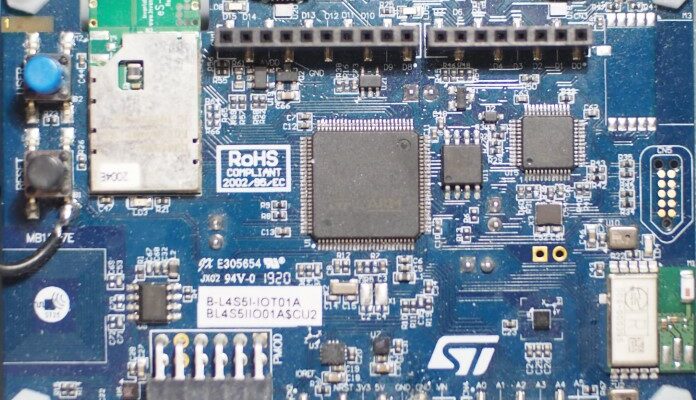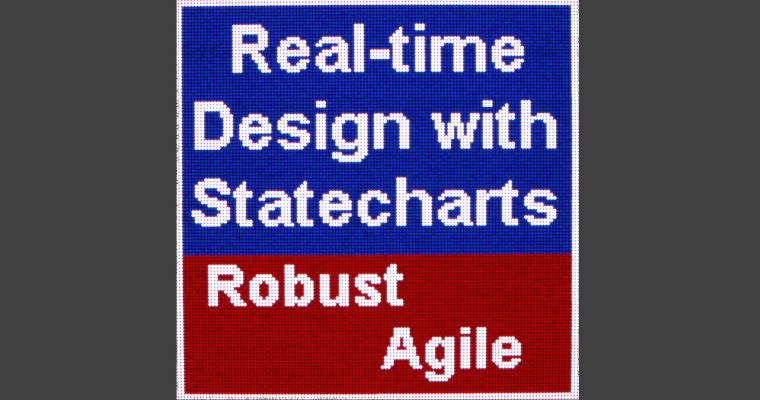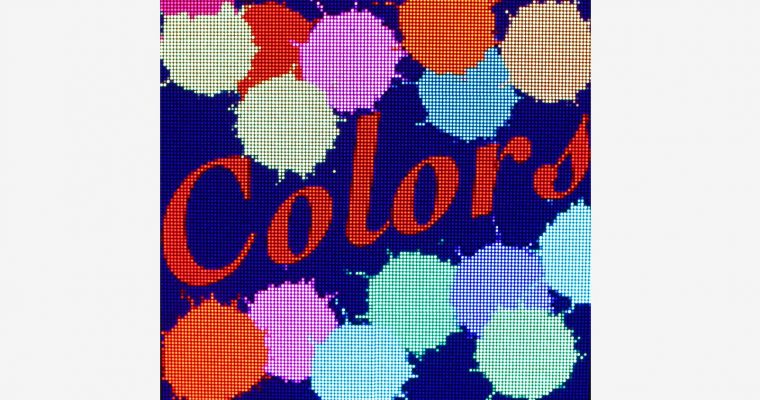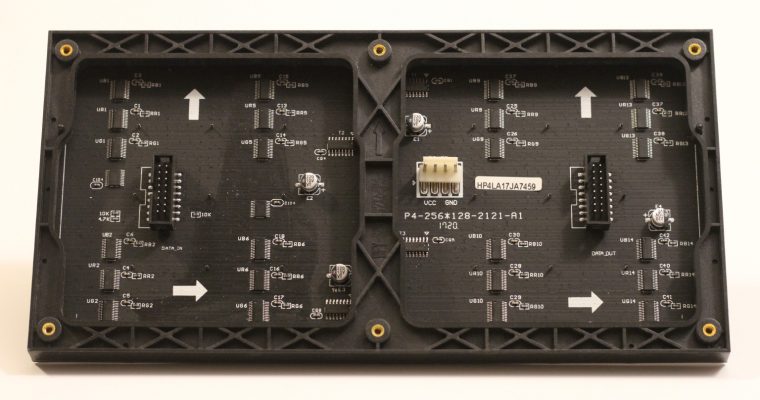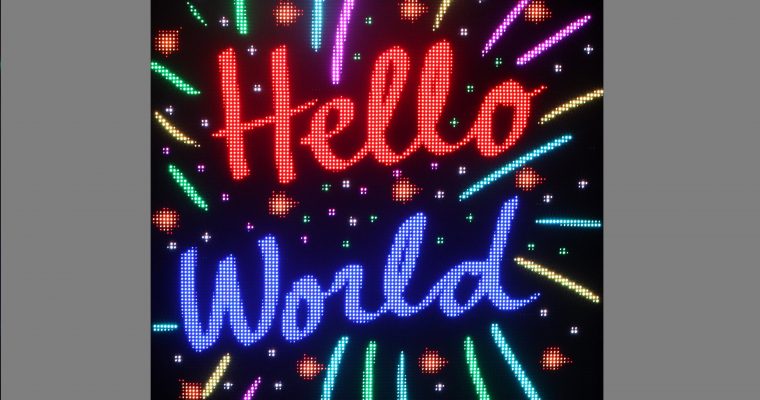STM32CubeIDE Hands-on
In this post, we will be introducing the official development tools offered by STMicro. It is called STM32CubeIDE and is based on Eclipse and the GNU/GCC toolchain. Eclipse is a very popular integrated development environment (IDE) among embedded developers. STM32CubeIDE is pretty stable and supports …
